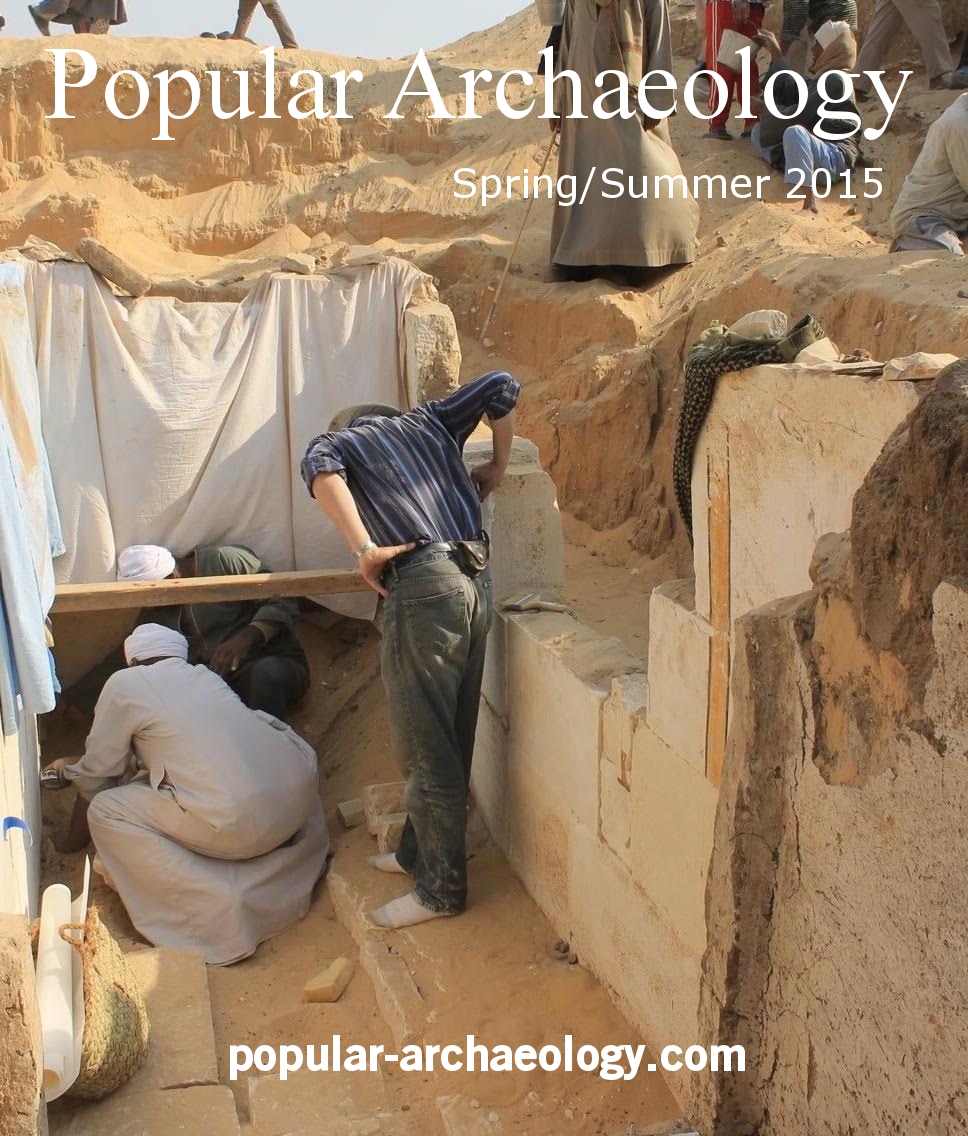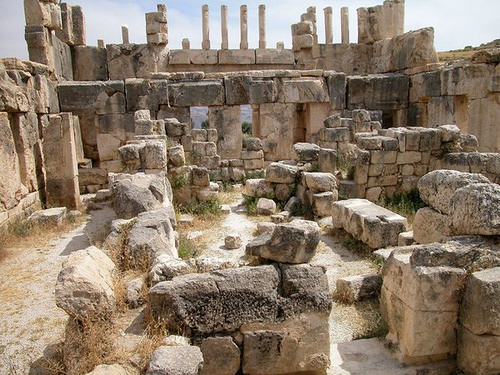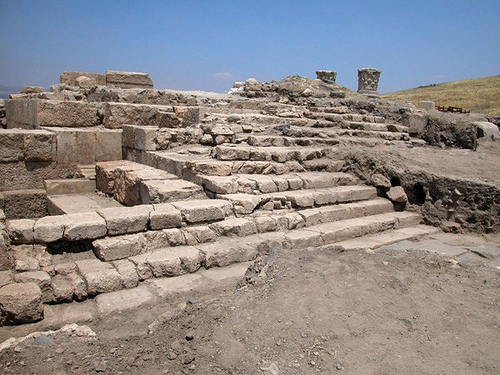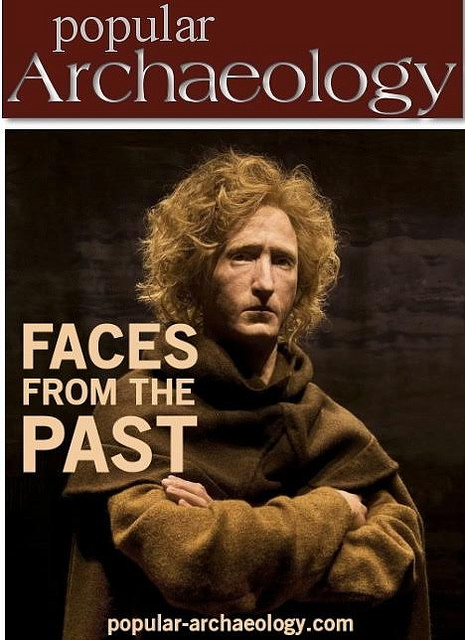
Petra. Masada. Herodium. Jericho. Qumran.
These are “Holy Land” archaeological sites of which most of us have heard but comparatively few of us have actually visited in person. There are obvious reasons for that—cost, time, cost, other commitments, cost, other priorities, cost. For those of us who have a passion for things archaeological, especially as they apply to the biblical account and the Middle East in general, such places remain mostly uncrossed on the travel wish list.
But what if you were told that you could ‘visit’ these places without incurring the fortune of airfare, hotel expenses and food, without ever having to hassle with security check lines, step onto an airplane or ride a bus or take a taxi?
One website, called the Virtual World Project, can do that for us. Featuring archaeological sites from Abu Ghosh to Zohar, the website offers virtual grand tours of no less than 106 sites.
Want to walk through the famous mountaintop fortress of Masada, one of the architectural wonders built by the infamous King Herod and the historic last enclave of rebel Jewish forces during the First Jewish Revolt against the Romans? Feeling like strolling through the desert ruins of Qumran, the ancient community thought to have connections to the Dead Sea Scrolls? Having an urge to wander through the remarkable, iconic remains of the ancient city of Petra?
If this sounds like a commercial, in a sense you would be right. But the architects of this website receive no compensation for sharing this experience with the public. Conceived and constructed by Ronald Simkins and Nicolae Roddy, both professors at Creighton University in Omaha, Nebraska, the website was intended largely as an educational tool for students, offering not only interactive panning views of the sites, but also text about each site to inform the viewer. A salient feature of the website is the convenient control it affords the site visitors to tailor their own walking itineraries through each site, and the easy opportunity to tour many other sites of which most visitors may never have even heard. Ever hear of Iraq al-Amir? Located about 17 kilometers west of Amman, Jordan, the monumental remains of this Hellenistic palace locally called Qasr al-Abd, built by Hyrcanus the Tobiad more than a century before the birth of Jesus, will no doubt impress you. It is an example of scores of sites most of us wouldn’t think of listing on our travel itineraries.
But enough said.
As they say, a picture is worth a thousand words, so without further ado, here is the website for your perusal.
Bon voyage.
_________________________________________
The remains of Qasr al-Abd at Iraq al-Amir, Jordan. Image credit Ronald Simkins and Nicolae Roddy, the Virtual World Project.
_______________________________________________________
The temple at Omrit: Less known than some of King Herod’s other monumental projects, the remains of a Roman temple overlooking today’s Hula valley in northeastern Israel stands as a visual reminder of Herod’s heady days of massive construction works. Also viewable in detail at the Virtual World Project website. Image credit Ronald Simkins and Nicolae Roddy, the Virtual World Project.
_______________________________________________________
In addition, the latest Popular Archaeology ebook is now available.
______________________________________________
Travel and learn with Far Horizons.
____________________________________________
 This richly illustrated ebook version of a recent Popular Archaeology issue includes the following stories: The discovery of the tomb of a previously unknown pharaoh that is shedding light on a lost ancient Egyptian dynasty; how genetics is revolutionizing what we know about human evolution and our prehistoric past; one scholar’s controversial ‘New Chronology’ and how it supports the historicity of the biblical Exodus; how archaeologists are unearthing new history in Williamsburg, Virginia, a seat of British colonial power in 18th century America; the discovery of the remains of a major Roman legionary base in Israel; the unearthing of an ancient Judean fortified settlement in the borderlands between the biblical kingdoms of ancient Judah and the Philistines; and how archaeologists are uncovering evidence of what may have been an important administrative center of Judah during the 8th century BCE. Now available from Amazon.com!
This richly illustrated ebook version of a recent Popular Archaeology issue includes the following stories: The discovery of the tomb of a previously unknown pharaoh that is shedding light on a lost ancient Egyptian dynasty; how genetics is revolutionizing what we know about human evolution and our prehistoric past; one scholar’s controversial ‘New Chronology’ and how it supports the historicity of the biblical Exodus; how archaeologists are unearthing new history in Williamsburg, Virginia, a seat of British colonial power in 18th century America; the discovery of the remains of a major Roman legionary base in Israel; the unearthing of an ancient Judean fortified settlement in the borderlands between the biblical kingdoms of ancient Judah and the Philistines; and how archaeologists are uncovering evidence of what may have been an important administrative center of Judah during the 8th century BCE. Now available from Amazon.com!
____________________________________________










